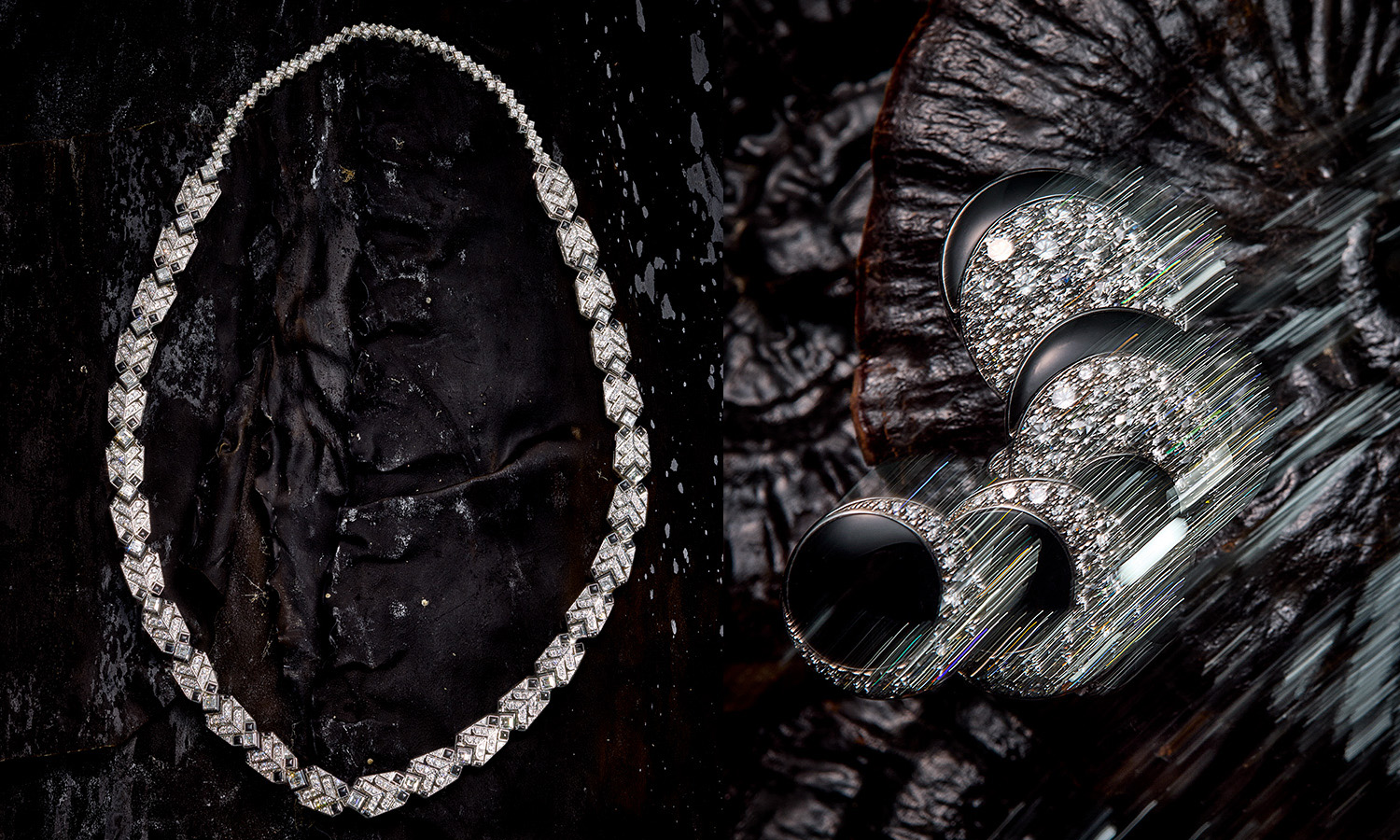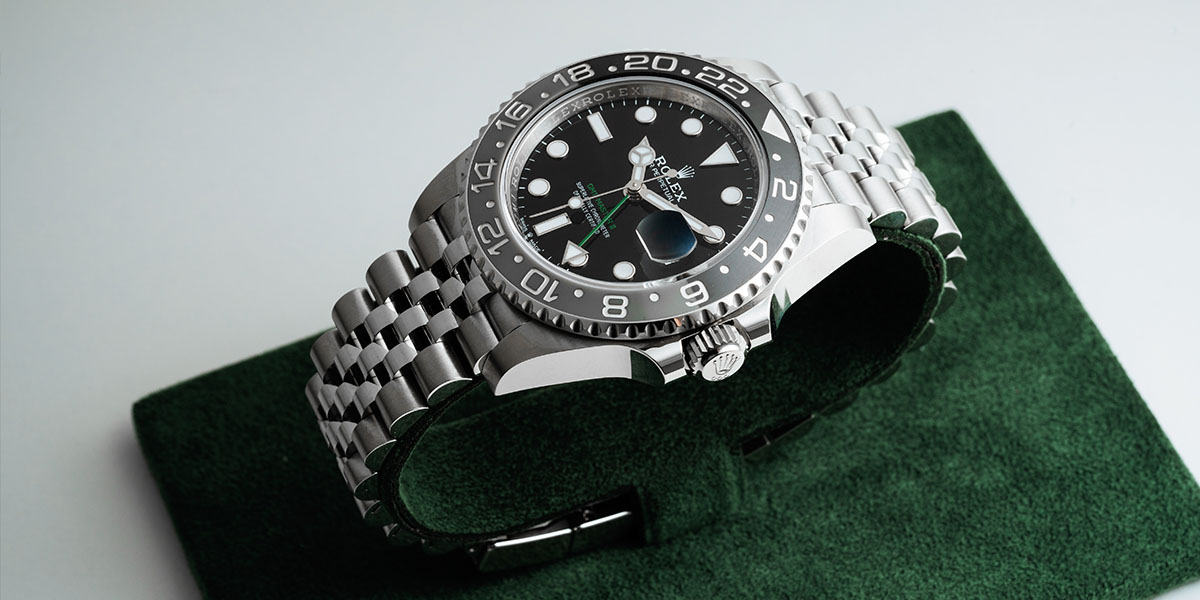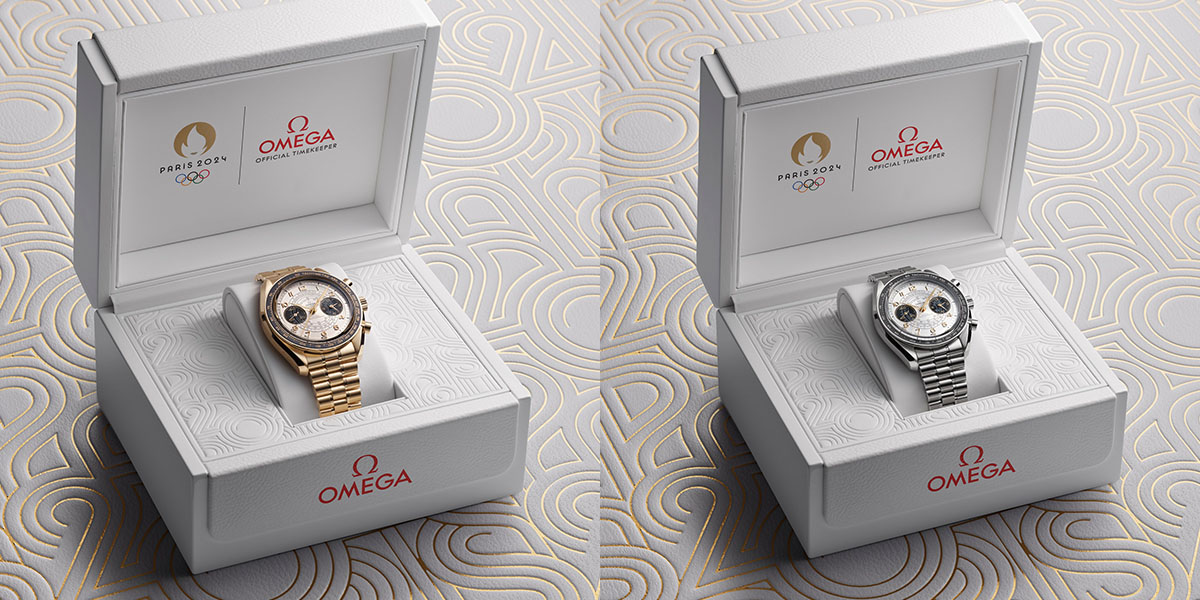
Ferrari V12 Spider Returns 50 Years Later With Debut Of 812 GTS
Exactly 50 years on from the debut of the last spider in the Ferrari range to sport a front-mounted V12, the 812 GTS hails a triumphant return for a model type that has played a pivotal role in the marque’s history since its foundation.

The Ferrari V12 spider story features many iconic models and began in 1948 with the 166 MM, an authentic thoroughbred competition GT that won the two most prestigious endurance races in the world in 1949: the Mille Miglia and the 24 Hours of Le Mans.

Like its historic predecessors, the 812 GTS sets a new benchmark in terms of performance and exclusivity. Sporting Ferrari’s majestic 800 cv V12, it is not merely the most powerful production spider on the market, but also the most versatile, thanks to its retractable hardtop, a unique feature in this segment which also guarantees a larger boot capacity. The retractable hardtop (RHT), which opens in just 14 seconds at speeds of up to 45 km/h, does not impinge upon the interior dimensions, thus maintaining the donor car’s roomy cockpit. The electric rear screen, which acts as a wind-stop, makes the car truly useable with the top down while, with the top up, it can be left open to allow occupants to continue to luxuriate in the naturally-aspirated V12’s unique soundtrack.

The 812 GTS is the spider version of the 812 Superfast, from which it takes both its specifications and performance, most notably the power unit which, thanks to its ability to unleash a massive 800 cv at 8500 rpm, is the most powerful engine in its class. 718 Nm of torque guarantees impressive acceleration virtually on a par with that of the 812 Superfast while the heady 8900 rpm rev limit means that sporty driving is undiminished.
As on the 812 Superfast, these performance levels were achieved in part by optimizing the engine design and in part by innovations, such as the use of a 350 bar direct injection system, and the control system for the variable geometry inlet tracts, developed on naturally-aspirated F1 engines.

The high-pressure injection system also improves nebulization of the injected fuel thus dramatically reducing the number of particulates emitted when the catalytic converter is warming up, and the fitment of a Gasoline Particulate Filter (GPF) together with the Stop&Start On the Move strategy, which cuts and restart the engine while the car is on the move, ensures the engine complies with all emissions regulations. Particular attention was also paid to calibrating the Manettino settings to enhance the engine’s potential and the sensation of extreme power delivered by the car. That said, the driver will always be able to easily and confidently dose the massive torque available with the accelerator pedal, thanks to smooth, progressive power delivery at all engine speeds.

Designed by the Ferrari Styling Centre and based on the 812 Superfast, the 812 GTS echoes the formal language and proportions of Ferrari’s front-engined V12 without altering either its exterior dimensions or interior space and comfort, so it represents the perfect marriage of sportiness and elegance. From the side view, the 812 GTS has a fastback sleekness: a two-box design with a high tail reminiscent of the glorious 365 GTB4 (Daytona) of 1968. The draped design of the flanks visually shortens the tail and is characterized by sharply slanted crease lines and impressively muscular wheel arches that imbue it with the power and aggression warranted by its imposing V12.

On the spider version of the 812 Superfast, the entire rear of the car – roof, tonneau cover and luggage compartment – has been redesigned. The idea was to lend the car a new blend of sleekness and balance, thanks to two buttresses beneath which the roof movement mechanism is stowed. The buttresses were designed to visually embody a sense of forwarding thrust and lend the side windows a signature look that would set the spider apart from the Berlinetta. When the top is dropped, the roof panels disappear beneath the aforementioned tonneau cover. From a stylistic perspective, the rear wheel arch has lost the 812 Superfast’s characteristic aerodynamic by-pass. The absence of this duct has been compensated for, however, by reconfiguring the rear diffuser which now has an additional flap. The new 812 GTS also features a new, highly sculptural and model-specific multi-spoke forged wheel. A choice of three versions will be offered: diamond-finish, liquid silver and Grigio Scuro.
 SIGN UP
SIGN UP










